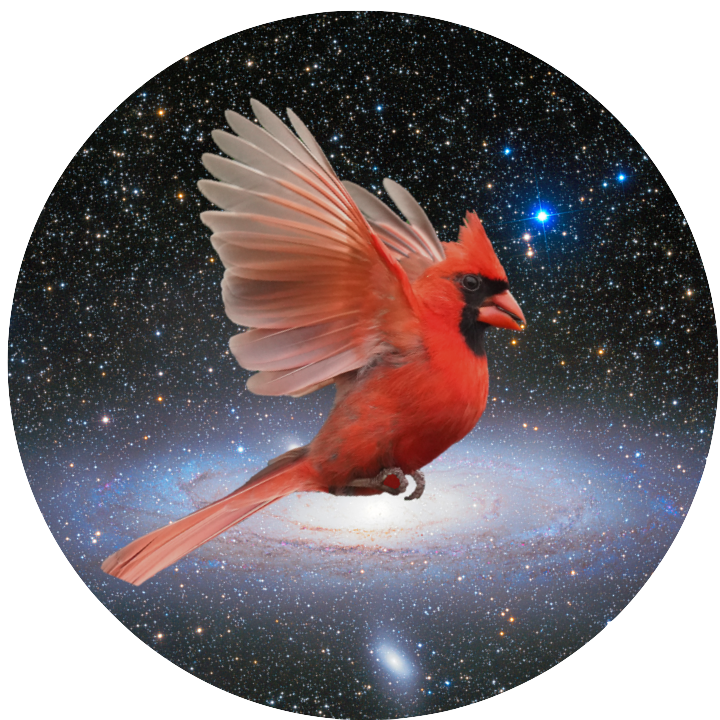Multi-purpose mock supports survey science
Cardinal mock and its predecessors are designed to support large galaxy survey science, including DES, DESI, LSST, and the Roman telescope. The realistic galaxy properties enable the production of several key tracers of the cosmic large-scale structure. These include but are not limited to redMaGiC galaxies, redMaPPer clusters, and weak lensing source galaxy samples. The main difference between Cardinal mock and other existing simulations is its low computational cost. One can generate hundreds of survey mocks to beat down cosmic variance.

Cardinal mocks are named after the Cardinal, which is the state bird of Ohio and also the name of Stanford sports teams. This name reflects the regions where the mocks were originally designed. The background image is an image simulation based on the Cardinal mock using the GalSim and Ngmix package.








